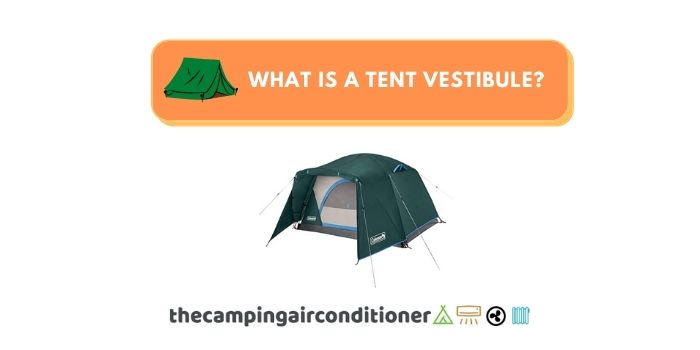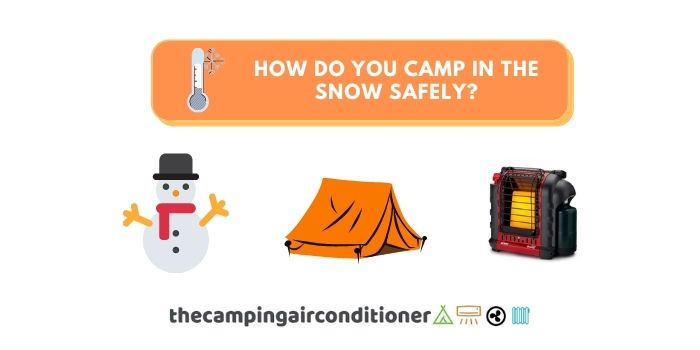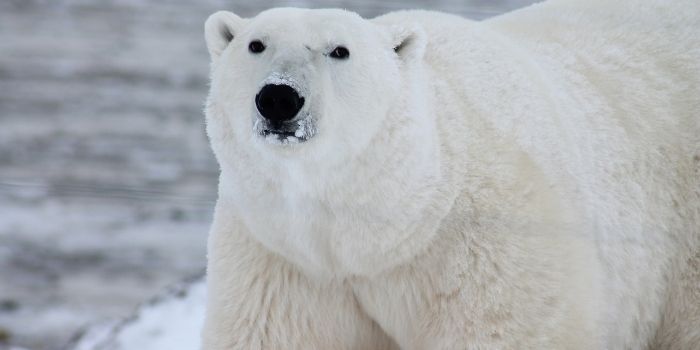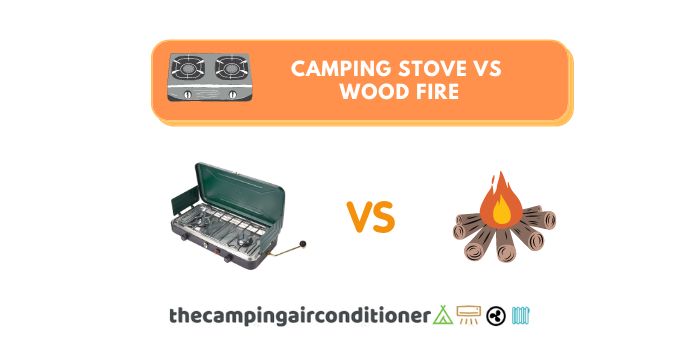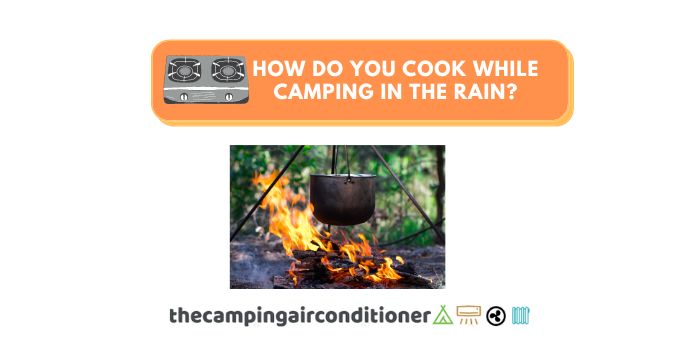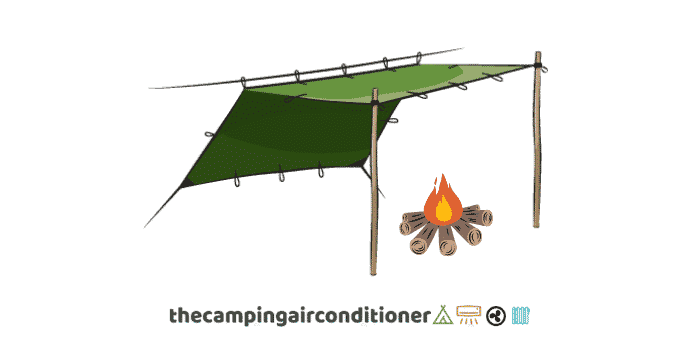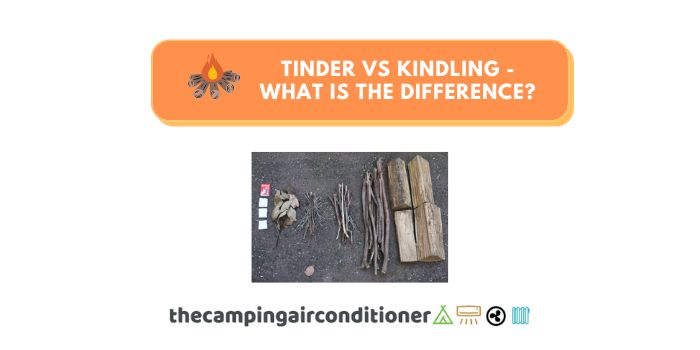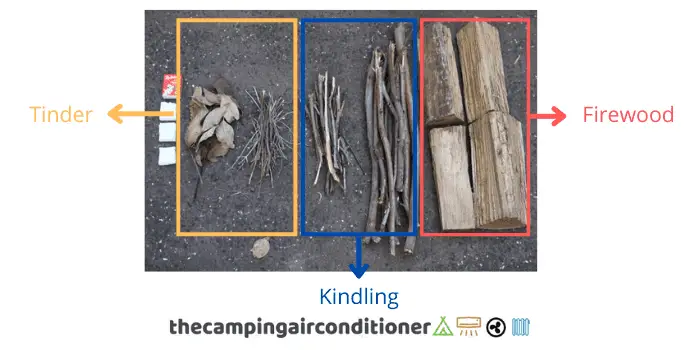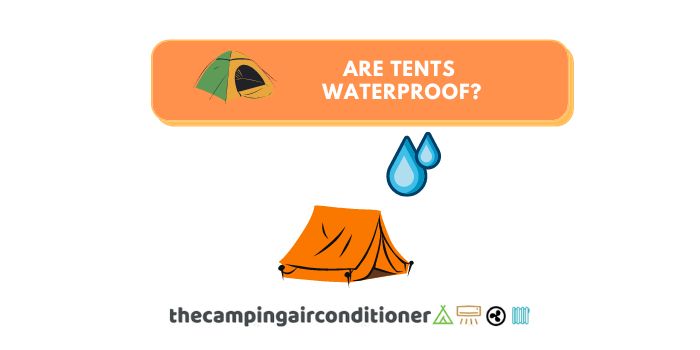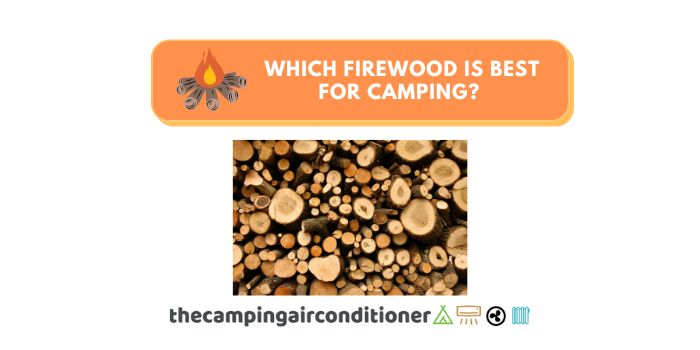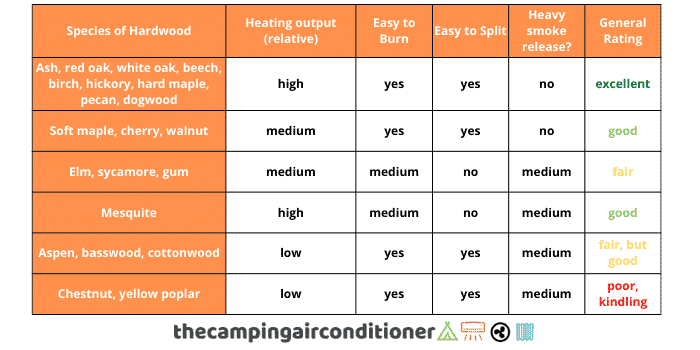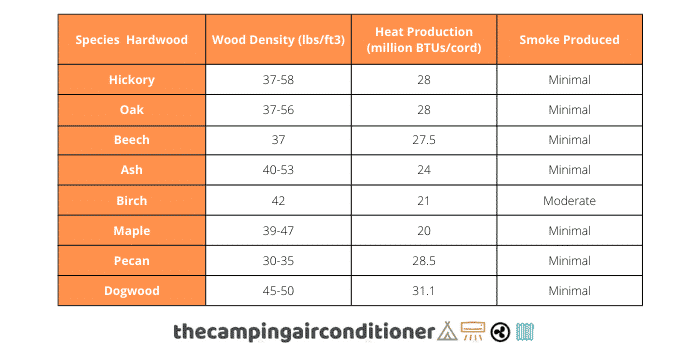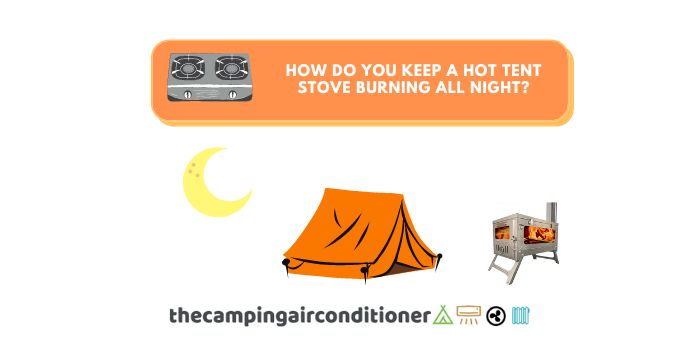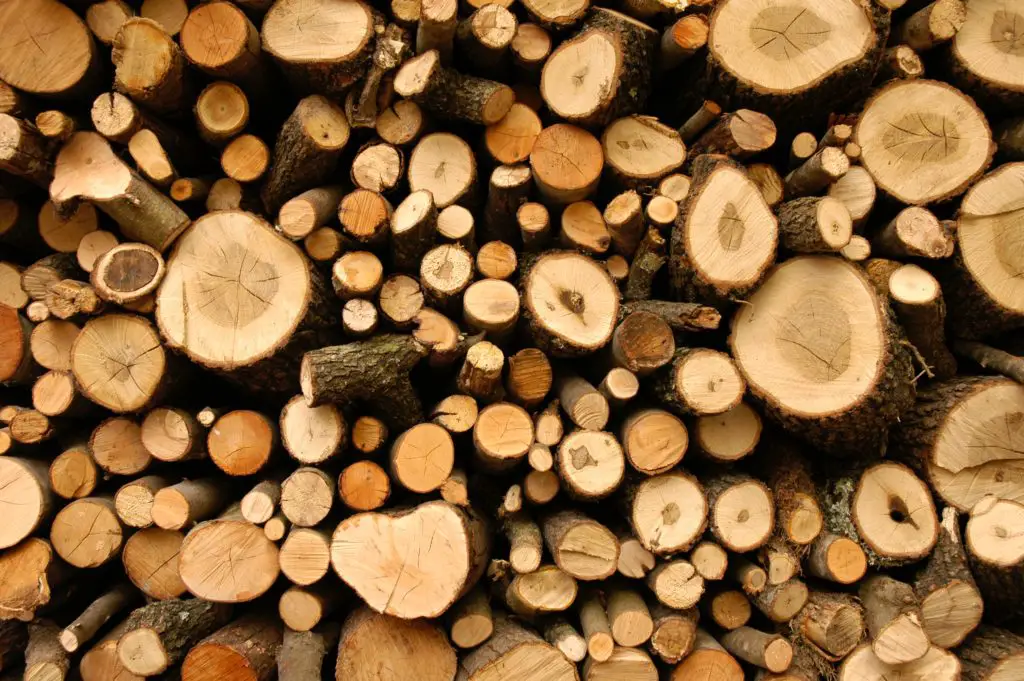How do you camp in a small car? (Comfortably with 7 tips!)
Camping in a small car might not be super convenient, but you can enjoy your adventure with adequate preparation and proper gear. Many campers ask me – Can you sleep in a small car? How do you camp in a small car?
Yes, you can sleep in your car, but you might need to follow some safety measures to avoid anything unpredictable. You will have to understand the space limitation and plan your trip accordingly. Therefore, to camp in a small car, you should:
- Go with multi-purpose and small camping items and use your space intelligently.
- Bring a car mattress and window screens to improve comfort and safety.
- Set up your car and maintain it clean
- Invest in a rooftop rack or rooftop box
- Consider a rooftop tent to allow for more space.
- Consider an awning tent
- Have a back-up plan
Let’s go through these tips in detail below and try to answer common queries from car campers!

How to camp in a small car - 7 Tips to make your trip comfy!
Tip 1 - Pack smartly
So, first things first, you will have to start packing in a clever, compact and organised manner to save space inside your vehicle. Pack your essentials, including food, drink, and emergency supplies, and keep them on the front passenger seat to facilitate access.
Once you have finished your essentials, consider extra items to allow for extra comforts, such as pillows, foldable chairs and tables, firewood, and any other items that you might deem necessary.
Also, I prefer multipurpose items while camping in your small car. Find gears that can serve two to three purposes, and you can manage with only a few things if most of them are multipurpose.
For example, with a smartphone you probably do not need to carry a GPS or a music player. Also, you can use the tube of toilet paper as a campfire starter, the sweater as your pillow, and one cup for all the drinking purposes.
You might not have access to power in your location, so consider bringing:
- A solar-powered fan
- Battery-powered devices
- A solar charger
Tip 2 - Use car specific camping gear
There is some essential car camping gear that will help you during your trip, such as:
- A car inflatable mattress – you will need to find one that fits your car model (check some options). They will provide you with better comfort and a flat surface and prevent a sore back. No need to say how easy they are to inflate, pack and transport, right?
However, it is essential to understand what is your preferred sleeping configuration. Some people prefer sleeping on the back seat, while others fold back the front seats and prefer this configuration.
In our opinion, the most comfortable way is folding the back seat and putting an inflatable mattress through your car back (see below).
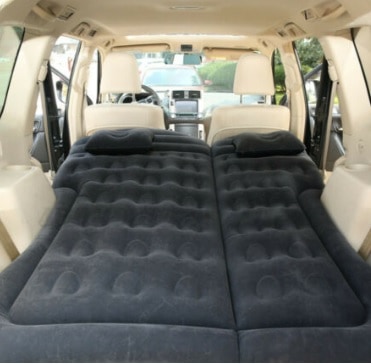
- If you are camping in summer, you might need to leave your windows wide open, and the last thing you want is insects, mosquitos and other animals entering your car! Consider a car window screen that will ensure ventilation and protection.
Tip 3 - Set up your car and maintain it clean
Once you have decided on your sleeping set-up, think about your car as your tent at a campsite. Therefore, remember to:
- Bring a bin to throw away your garbage (keep the interior clean and food correctly stored to avoid bad smells)
- Bring an outdoor portable shower and toilet paper.
- If you are camping in winter, consider a small heater.
- In summer, park your car under the shade and in ventilated areas. A solar powered camping fan might help as well.
- Don’t forget to bring lanterns and lights for nighttime (it might be a good idea to get a 12V model compatible with your car battery)
- If possible, bring foldable seats and a table.
Tip 4 - Invest in a rooftop box, bag, or hack
A rooftop box and hack might help you in your camping trips and on your day-to-day tasks. You can find plenty of different models available, but we recommend the following:
- Rooftop Bags – Low investment for occasional campers – consider a rooftop bag – they will serve the purpose and help you to transport your gear costing around $50. Our recommendation here is FIVKLEMNZ 15 Cubic Car Roof Bag that already comes with door hooks, and there is no need to install anything in your car. You can upgrade for bigger models, if you need to
- Rooftop racks – Medium investment for all campers – The variety of models and sizes for car racks is infinite (crossbars, baskets, etc.). They are a great option for those who want to transport oversized gear, such as bikes and kayaks. Before buying one, it is better to review your requirements and match your needs with the chosen model.
- Rooftop box – Medium-to-high investment for all campers – Rooftop boxes are an excellent alternative to carry your load around and ensure flexibility. The advantage is that once it is installed and you do not need to be installing and removing it every trip (as with rooftop bags). As with the other models, there are multiple options in the market, but we are a fan of the Thule rooftop cargo box, which comes at different sizes and prices – check your needs and get your preferred model.
Tip 5 - Consider rooftop tents
Rooftop tents will allow you to camp anywhere with your car and ensure plenty of internal space. If you are a frequent camper or intend to go for long-term trips, there is no need to say that this is the best option.
There are multiple models available, and you need to check whether they are compatible with your small car or not. Usually, there is a variety of models for SUV and 4WD vehicles, but the Thule Tepui line is suitable for small cars.
If you have a truck – you are lucky! There are several models to use the back of your vehicle as your shelter!
Tip 6 - Consider an Awning
A foldable awning tent might provide you with external space to prepare your meals, protect yourself from the sun, and have some time outside.
Some models can be attached to the back of your car and can provide you with significant extra room, such as the redcamp waterproof awning sun shelter.
Tip 7 - Have a backup plan
It is always essential to have a backup plan if things go wrong. Bring a small pop up tent and a foldable sleeping bag just in case!
It might be a good idea test your car set up before going to the road!
How do you sleep in the back of a small car?
First, park your car in a secure and legal place and turn the engine off.
Make yourself comfortable in the backseat and crack a window to ensure enhanced airflow. Closed windows might cause condensation build-up and create an uncomfortable and humid environment.
Fold the rear seat bench and use an inflatable mattress that fits your car back. An inflatable bed will offer you the desired comfort and improve your night’s sleep quality.
Avoid sleeping with the head propped up against your car’s door or windows since you might get neck and shoulder strain (use a travel pillow if you have one).
Additionally, you can use clothes and screens to cover windows and get the desired privacy while resting in the backseat. A private space will support your sleep and prevent the sunlight from entering and disturbing your sleep.
Even though cars are not airtight and you can breathe in them, it is good to leave some areas slightly open to allow for ventilation. Be careful, though; some people think they can leave the climate control system working (AC / Heater) while sleeping in the car, but this is dangerous and you shouldn’t.
You can turn your AC system (and engine) on for a couple of minutes to reach your preferred temperature but never sleep with the car’s engineer switched on.
The fuel combustion releases carbon monoxide (CO) into the air, which increases the concentration of this gas (especially because your vehicle is parked and there is no air circulation).
The danger is that CO is odourless and colourless, and you cannot notice its presence in the air. Breathing it for a prolonged time in high concentrations might cause some symptoms, such as nausea, headache and even death in the worst-case scenario.
Conclusion
We hope this article helps you to plan your next camping trip. Car camping can be comfortable and enjoyable if you have the proper gear and plan your days away carefully!







